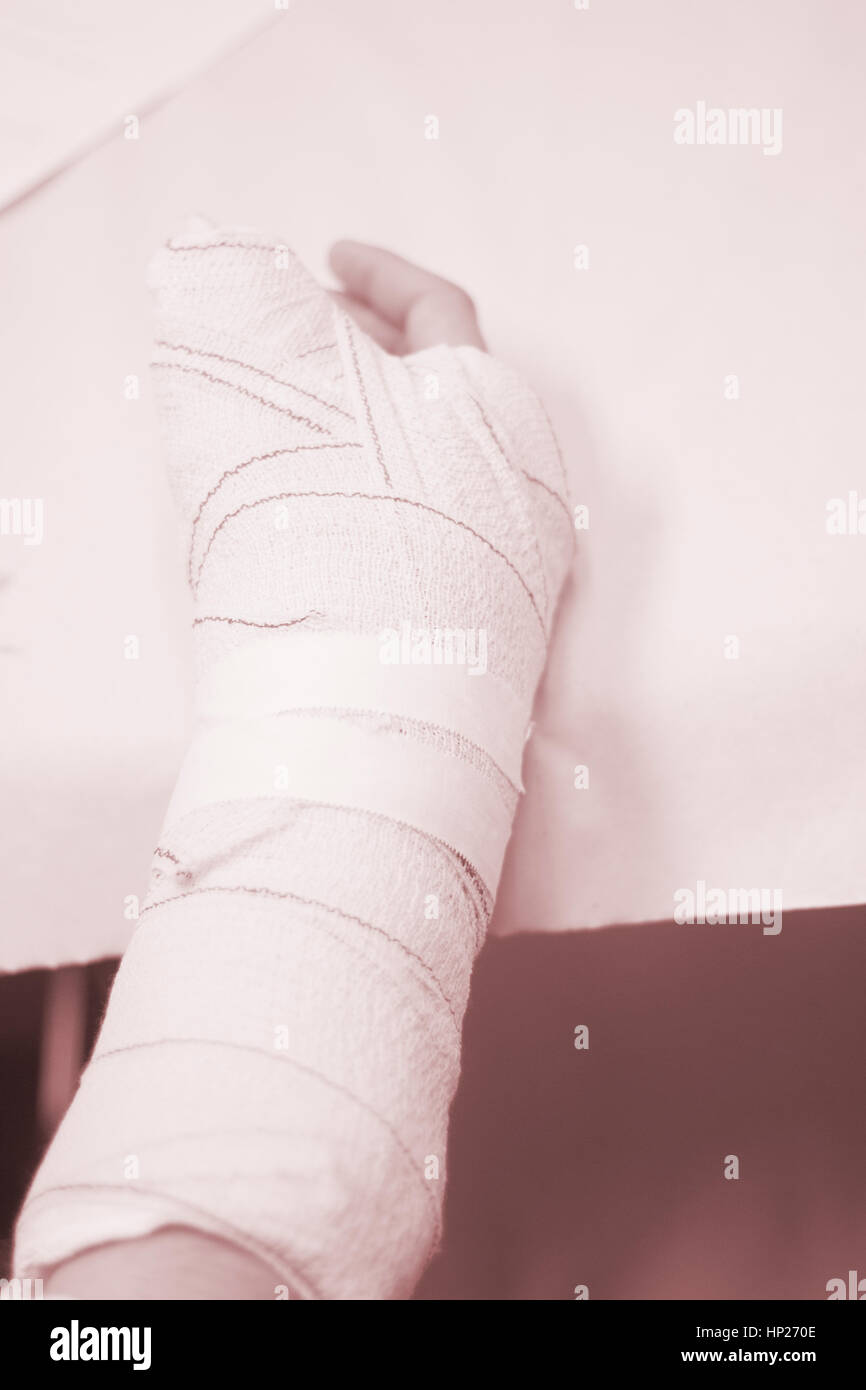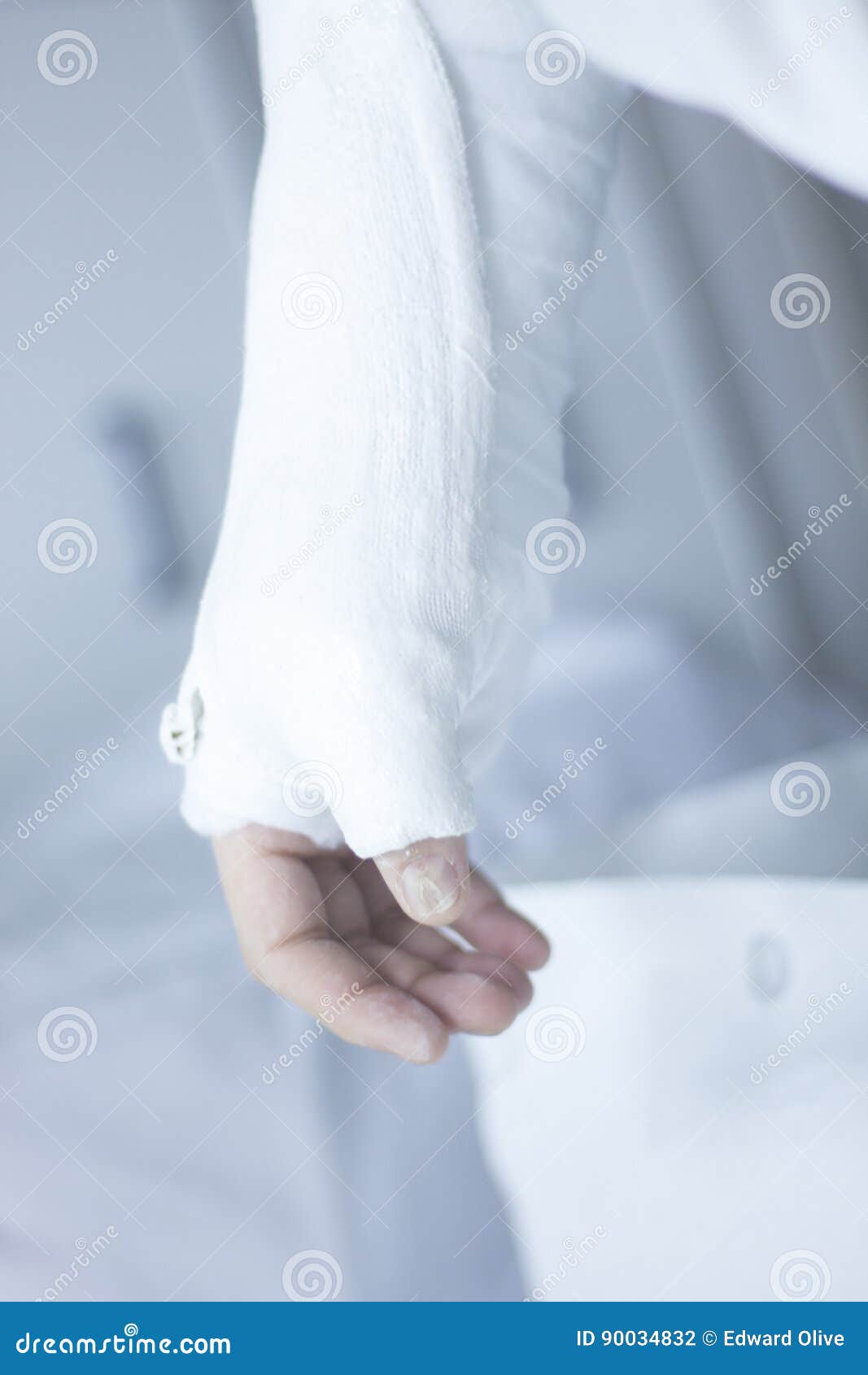
.jpg)
ensure resilient stabilization to promote wound healing.The properties of the plaster bandages at a glance: for the temporary immobilization of inflammatory processes.to immobilize fractures and other injuries.

Get an overview of the possible applications of plaster bandages from Medicalcorner24® in medicine: In the case of venous diseases, however, pressure bandages with zinc glue bandages are usually used. This supports the recovery of patients with fractures and sprains. The compression of the plaster bandages keeps extremities straight and still. A plaster cast also promotes healing after surgery.

Plaster bandages are used in medical practices and clinics to treat and immobilize fractures and other injuries. You can also call NHS 111 for 24-hour advice.Applications and Properties of Plaster Bandages
#PLASTER BANDAGE HAND CASTING SKIN#
#PLASTER BANDAGE HAND CASTING PROFESSIONAL#
use crutches or a sling as advised by your health professional.do not lift anything heavy or drive until the cast has been removed.do not try to alter the length or position of your cast.avoid getting small objects, powders and sprays inside your cast, as they could irritate your skin.exercise any joints that are not covered by the cast – such as your elbow, knee, fingers or toes – to help improve your circulation.The itchiness should settle down after a few days. This could cause a nasty sore and lead to infection.ĭo not walk on a cast unless you have been told it is safe to do so and have been given a plaster shoe. If your cast gets wet, contact your hospital or minor injuries unit for advice as soon as possible.Īlways remove any covering as soon as you can to avoid causing sweating, which could also damage the cast.Įven if the plaster cast makes your skin feel very itchy, do not poke anything underneath it. Do not try to use plastic bags, bin liners, cling film or similar to keep the cast dry, as these are not reliable methods. It's possible to buy special covers for plaster casts to keep them dry when washing or bathing.

This will weaken it, and your bone will no longer be properly supported. This will help any swelling to go down.ĭo not get your plaster cast wet. Keep your arm or leg raised on a soft surface, such as a pillow, for as long as possible in the first few days. Taking good care of your cast will help ensure a better recovery. They allow broken bones in the arm or leg to heal by holding them in place, and usually need to stay on for between 4 and 12 weeks. Plaster casts are made up of a bandage and a hard covering, usually plaster of paris.


 0 kommentar(er)
0 kommentar(er)
